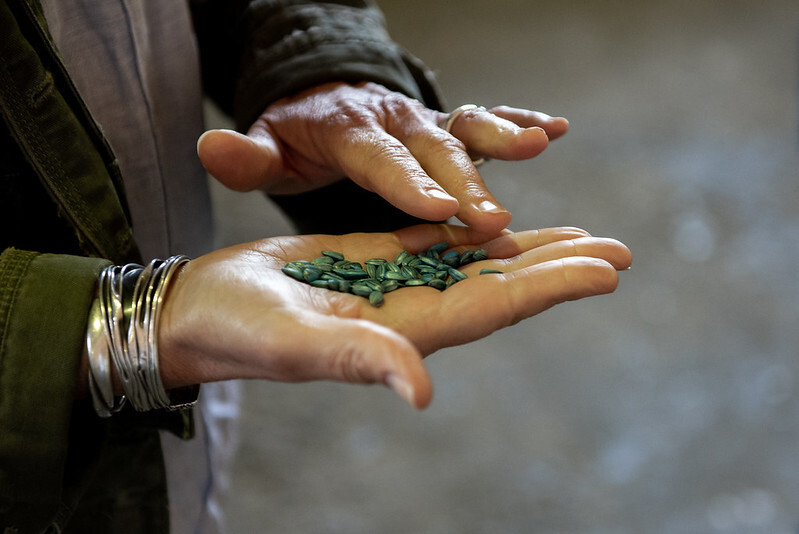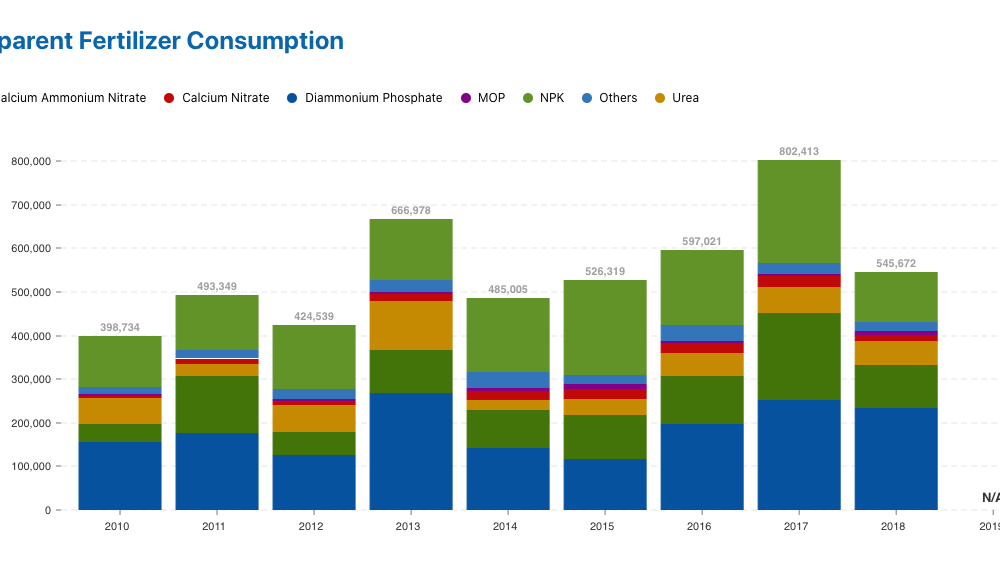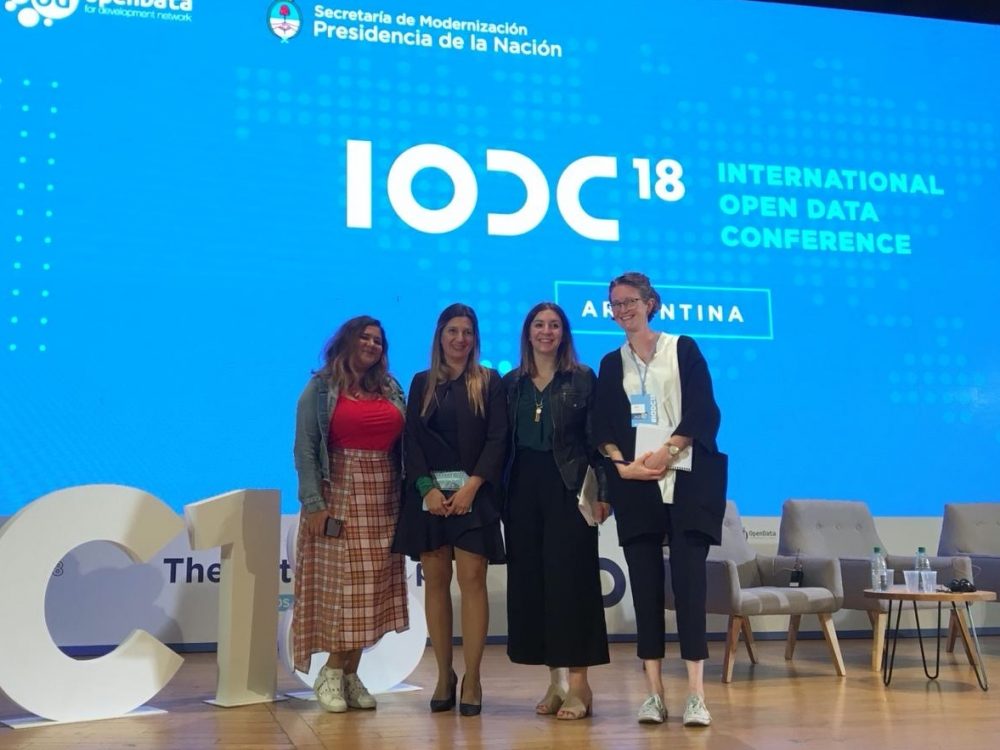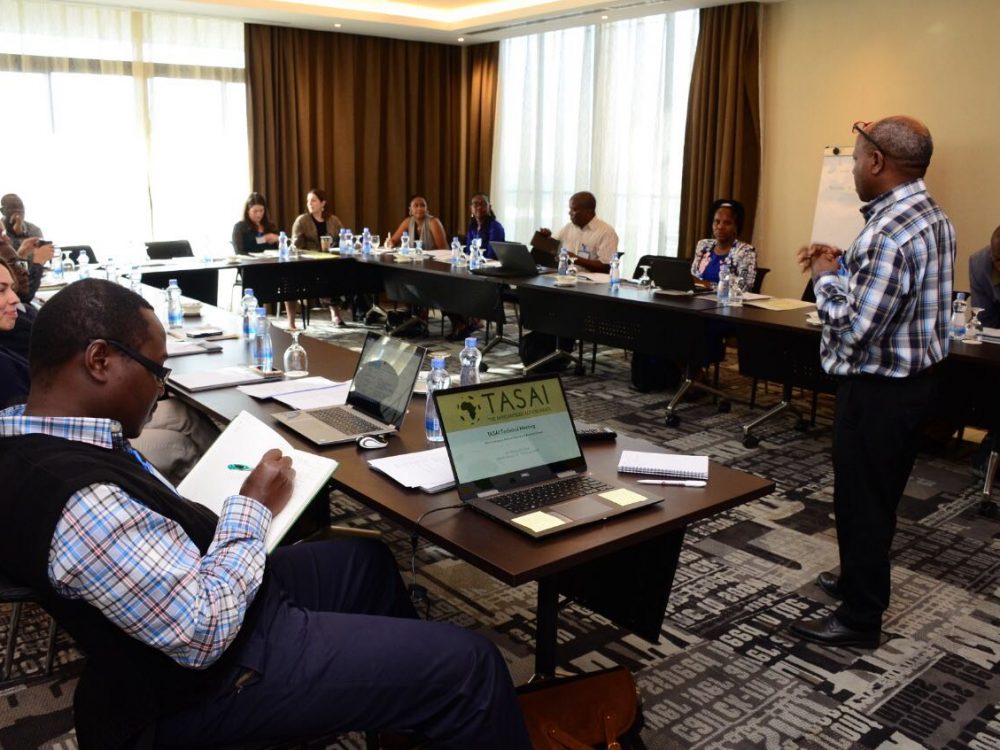
One Year of TASAI-VISTA
In November of 2019, The African Seed Access Index (TASAI) and Development Gateway (DG) launched a partnership: Visualizing Information on Seeds Using Technology in Africa (VISTA.) This program aims to help decision-makers, public sector, development partners, private sector businesses, and farmers visualize and use data to support a fully functional formal seed system. DG and TASAI are working to digitize the data collection and validation process through digital survey tools, which will transform the data collected into easy-to-understand data visualizations and a publicly accessible dashboard. The dashboard will assess seed quality, availability, and accessibility in 11 countries in Africa with additional countries to follow. The program’s goal is to build a more coordinated, multi-stakeholder effort that tracks a country’s progress toward a healthy, sustainable, inclusive seed system.
Highlights from Our First Year
In February of last year, TASAI finalized a full indicator and methodology review to address feedback from stakeholders. Following the review, TASAI launched full country studies in Malawi, Uganda, Ghana, Nigeria, Kenya, Burkina Faso, and an update study in Mali. These studies were conducted using paper-based surveys, allowing DG to understand and document the first step in TASAI’s data lifecycle process.
We built TASAI’s survey tools using Open Data Kit, and have recently transitioned to Kobo Toolbox, which allows for data to enter directly into the database – rather than importing data from Excel after. DG also worked with TASAI to document and digitize the data validation and analysis processes, starting with setting data “rules” at the time of survey data collection. This function will save time for the researcher collecting data and act as a quality control check.
Data collected through the survey tool then moves into the data validation and analysis tool where TASAI can manage and correct data, import secondary data, generate report tables, and develop the core variables and indicators previously calculated manually in Excel.
From the onset of our program, we knew that user engagement would play a significant role. As a result of the COVID-19 pandemic, we had to change our initial approach. We started a pilot engagement plan in six countries to map users versus relying on research inception and dissemination meetings to meet directly with users. Through the pilot plan, the team was able to identify a comprehensive list of TASAI users, and then to map user types to information needs. As part of the user mapping, we interviewed 18 stakeholders in the fall of 2020. From the mapping and stakeholder interviews, we learned more about which indicators and information we will prioritize for the dashboard. While we had intended for this to be done in-person during the in-country meetings, conducting these consultations remotely allowed us to keep making progress through the pandemic.
Where We’re Going
Ensuring that the TASAI’s methodology and indicators are gender-sensitive will continue to be a focus, as we hope to partner with gender-focused organizations and programs working in the agriculture and seed sectors. As for stakeholder engagement, we are in the process of identifying the best path moving forward that allows us to understand how TASAI data are used, while not over-complicating and over-monitoring the engagement that is already taking place. 2020 was the first year of a three-year partnership. In the next year, we will be increasingly focused on visualizing TASAI’s data to meet the needs of their stakeholders. We’re also working on fine-tuning the processes and technology that we collectively put in place last year. TASAI will also be conducting country studies in Rwanda, Ethiopia, Tanzania, Mali, and Mozambique starting this spring.
Share
Related Posts

Sourcing Fertilizer Data in Sub-Saharan Africa
In advance of the first VIFAA country dashboard launch next week, we will explore the importance and source of accurate and reliable data for each of the indicators. This is a crucial step in making data available in a way that stakeholders can use to inform their decisions.

Our Partnerships Make Us DG
Out of DG’s twelve core values, five are centered on partners and partnerships. Our ability to achieve sustainability and impact is greatly dependent on our strong partnerships, which expand beyond our expertise alone. From our early days co-designing the Aid Management Platform with the Government of Ethiopia and other partners, to today, partnerships are what make DG, DG.

Launch of The African Seed Access Index (TASAI) Visualizing Information on Seeds using Technology in Africa (VISTA)
The timely availability of high-quality, affordable seeds is critical to improving food security, resilience, and livelihoods for smallholder farmers in Africa. In partnership with TASAI, Inc., DG is proud to announce the launch of the TASAI VISTA program.